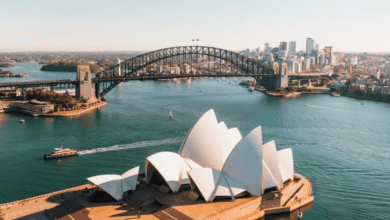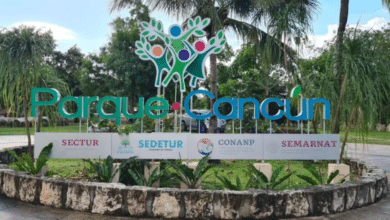Holy Week in Mexico: Faith, Tradition, and Community
In Mexico, Holy Week, known as Semana Santa, is one of the most important religious and cultural events of the year

In Mexico, Holy Week, known as Semana Santa, is one of the most important religious and cultural events of the year. The country comes alive with processions, reenactments, and gatherings that blend deep-rooted Catholic traditions with local customs.
The celebrations begin on Palm Sunday (Domingo de Ramos) and continue through Easter Sunday (Domingo de Pascua), with each day marked by rituals and ceremonies. In many towns and cities, the streets fill with people carrying palm leaves blessed in church, setting the tone for a week of reflection and devotion.
One of the most iconic traditions is the reenactment of the Passion of Christ. In places like Iztapalapa in Mexico City, thousands of volunteers participate in large-scale performances that attract millions of spectators. These events are not just theatrical—they are acts of faith, passed down through generations.
Beyond the religious rituals, Semana Santa is also a time for family and rest. Schools close, many businesses slow down, and families take the opportunity to travel, often to beaches or hometowns. Coastal destinations like Acapulco, Cancún, and Puerto Escondido see a surge in visitors during this period.
Food also plays a central role. Since many people avoid eating red meat during the week, dishes featuring fish and vegetables become more common. You’ll find tortas de camarón, chiles rellenos, and capirotada—a traditional bread pudding dessert that varies by region.
Whether you’re a devout Catholic or simply curious about Mexican culture, Semana Santa offers a powerful glimpse into the country’s spiritual life and sense of community. It’s a time of solemnity, but also of shared meals, warm weather, and togetherness.







